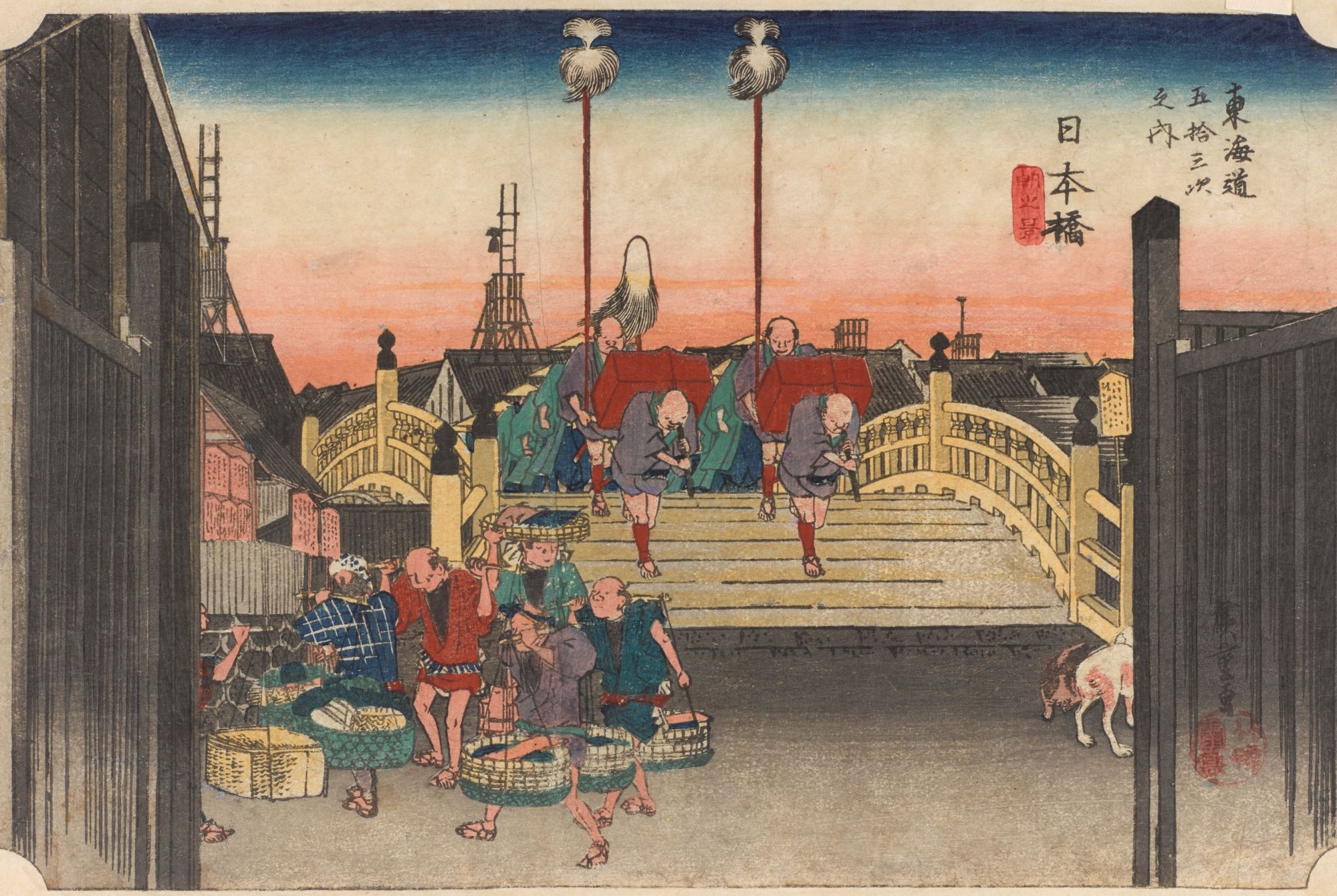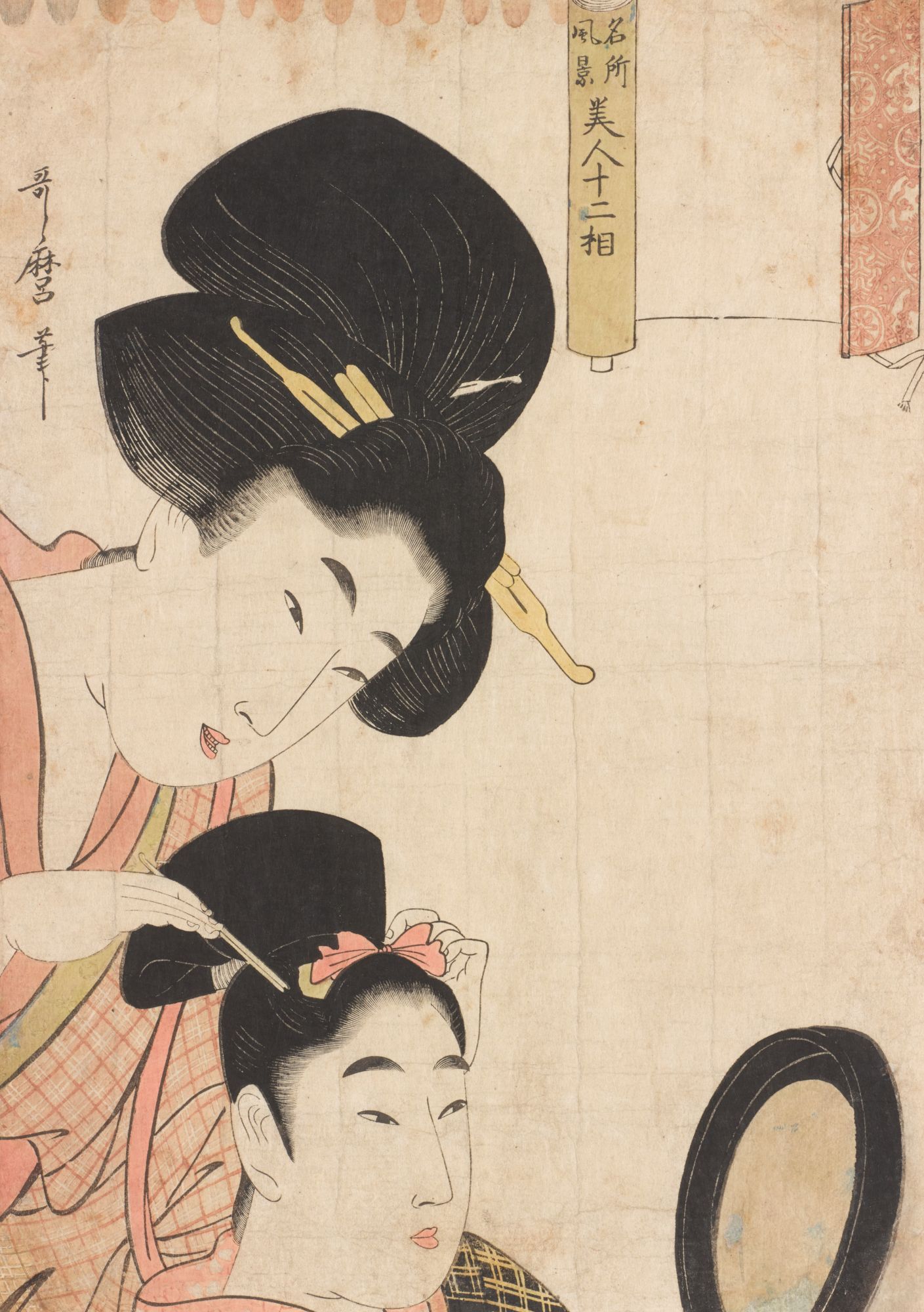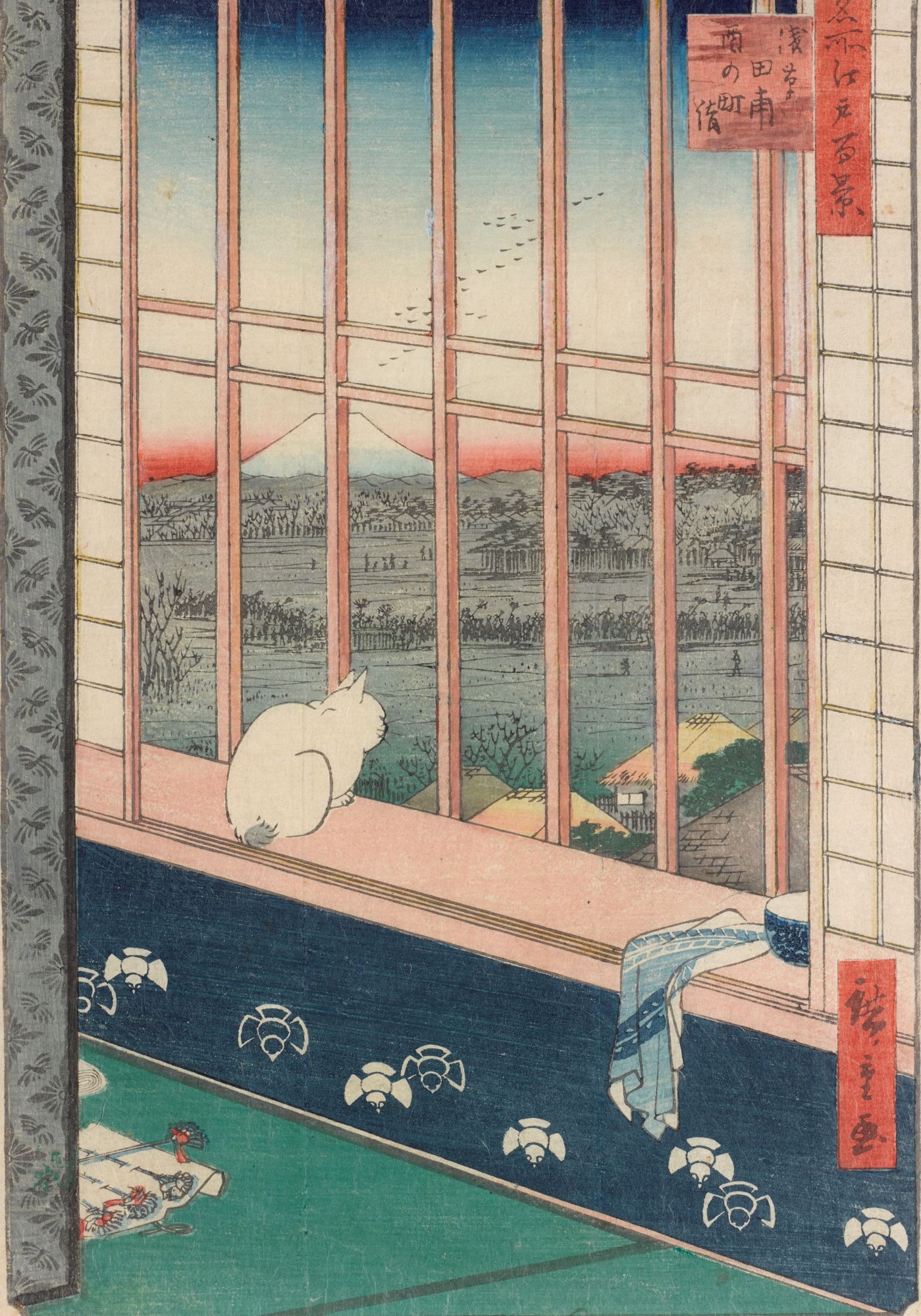The celebrity lensman shares the first images from this passion project spanning 13 years—and counting—in a new double‑bill exhibition at the Asian Civilisations Museum
It was on a Monday in February last year, only weeks before international travel was grounded due to Covid-19, when Russel Wong received a text message from a friend in Kyoto: there is a forecast for snow in the city on Friday morning. When the forecast remained on Wednesday, Wong immediately bought his plane ticket and arrived in Kyoto on Thursday night, just in time to capture the winter scene at the golden pavilion of the iconic Kinkakuji Temple the next morning.
Such are the lengths that the Singaporean photographer, renowned for making portraits of Hollywood celebrities such as Jackie Chan, Zhang Ziyi and Isabella Rossellini and numerous Time magazine covers, would go to get the perfect shot. You see, it hardly ever snows in Kyoto—and Wong would know for he has made between six to eight trips annually to the old capital of Japan over the past 13 years, with the singular focus of documenting the lives of the city’s geisha community, or geiko in the local dialect, along with the beauty of its nature and architecture.
Kyoto is the subject of one half of a new double-bill exhibition, Life in Edo | Russel Wong in Kyoto, at the Asian Civilisations Museum. “There are very few places you go to where you still feel like you are in the old world. Kyoto is definitely one of them, with its traditional wooden machiya houses, women in kimonos … it’s not just the physical architecture, but the people too. There’s a certain old-world charm to it,” enthuses Wong.
(Related: Temples, Ryokans And Tombstones: A Slow Travel Guide To Kyoto, Japan)
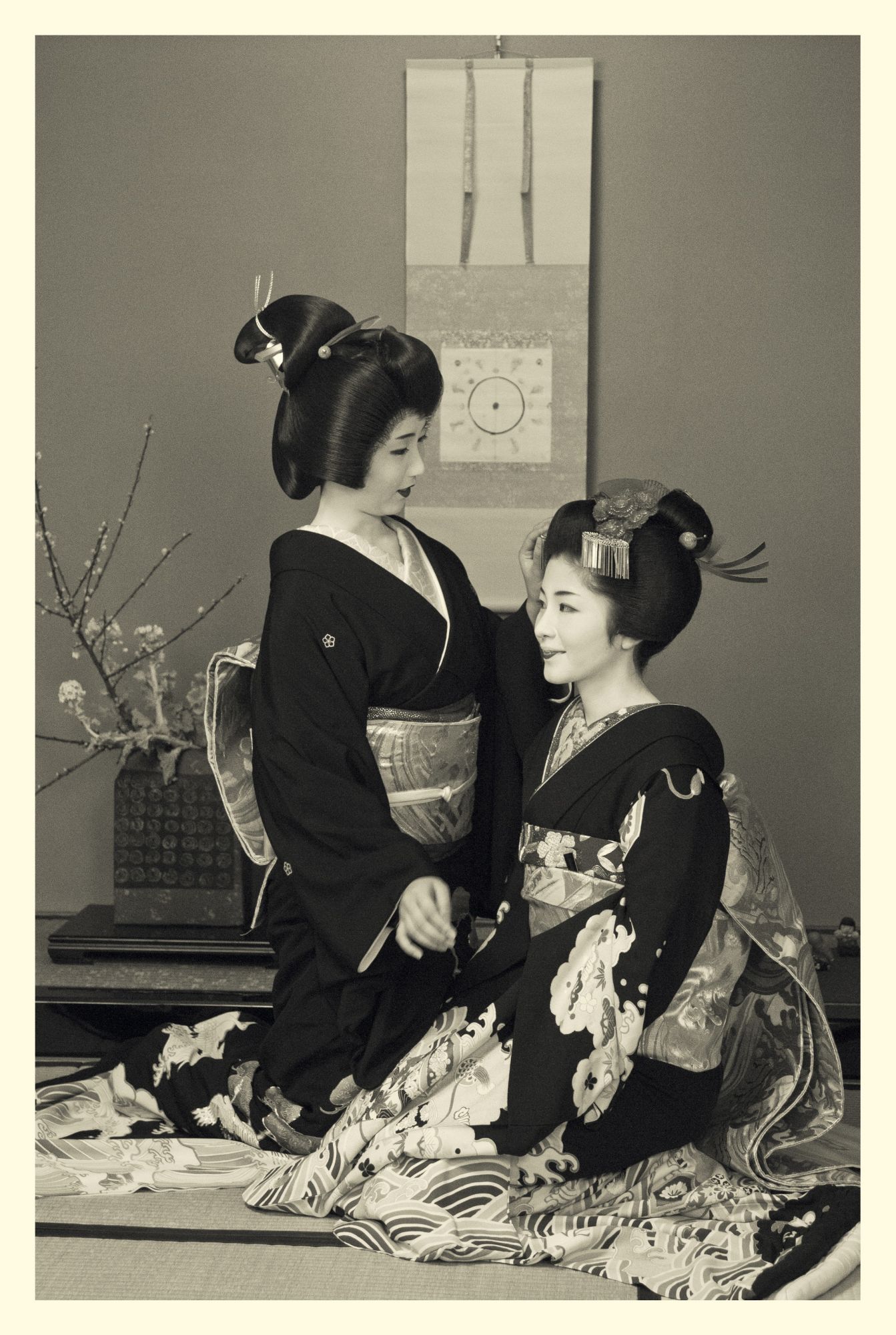
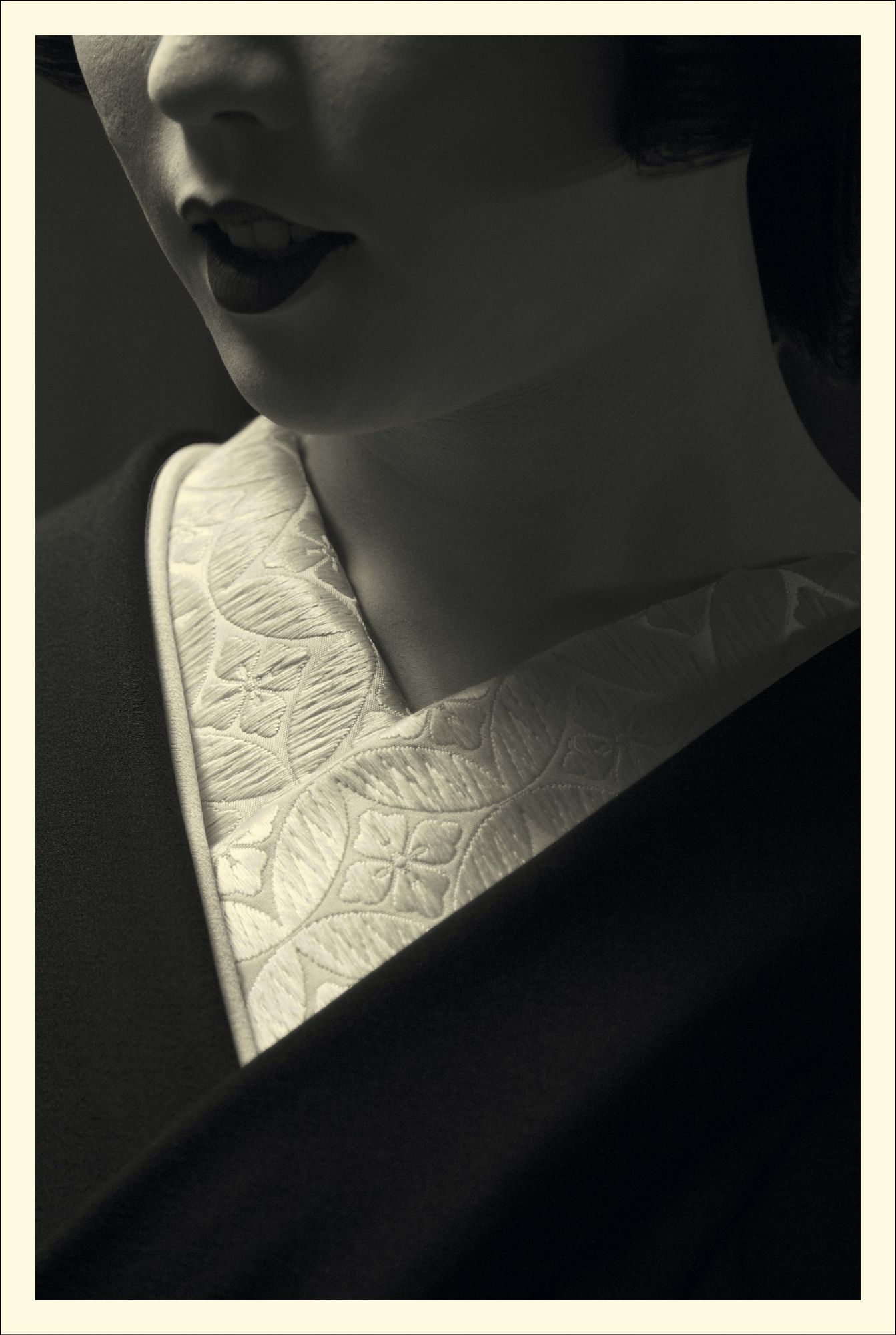
He became interested in photographing Kyoto’s geisha community in 2005 when he was in Tokyo doing the publicity shots for Japanese actor Ken Watanabe in Memoirs of a Geisha, a Hollywood film based on the historical fiction novel by Arthur Golden. When he visited Kyoto later, “everyone I spoke to, from the ryokan owner to the taxi driver to the person on the street, said it was a very funny movie—their way of saying that it’s not true. So I wanted to tell the real story. As a photographer, I can do it a bit more accurately because I have to be physically there to shoot. And I wanted to give them a voice to tell their story”.
An enigma to the outside world, even to those in Japan, Kyoto’s geisha community is notoriously private—and you need an introduction from someone from within to gain access. In fact, it took five years before Wong received an invitation to Tsurui, one of the most famous ochayas (tea houses) in the Gion Kobu kagai (or geisha district, also known as hanamachi). He had the opportunity to photograph the erikae ceremony, which is when an apprentice maiko graduates to become a geiko. During this rarely-seen process, she changes her hairstyle, blackens her teeth, receives her geiko name, and changes her collar (eri), from red to white.
(Related: Tatler's Guide To The 12 Things To Do In Kyoto And Osaka)


